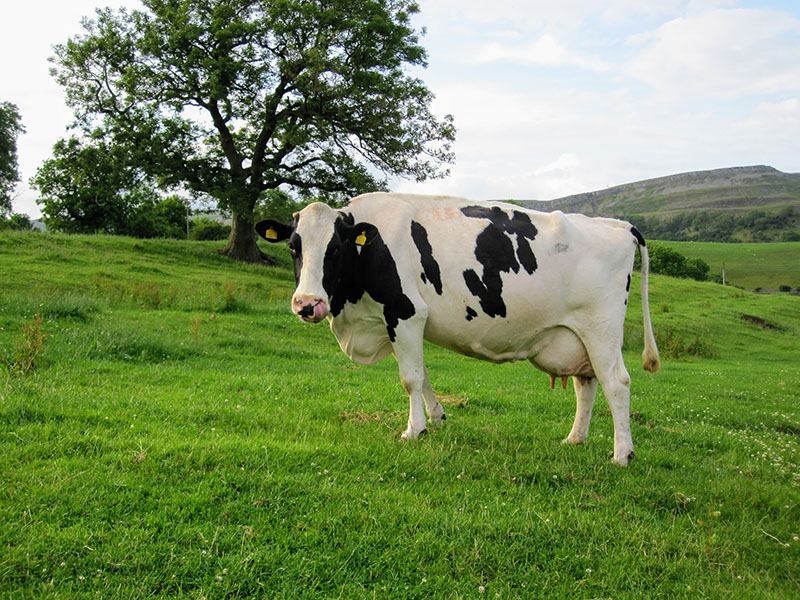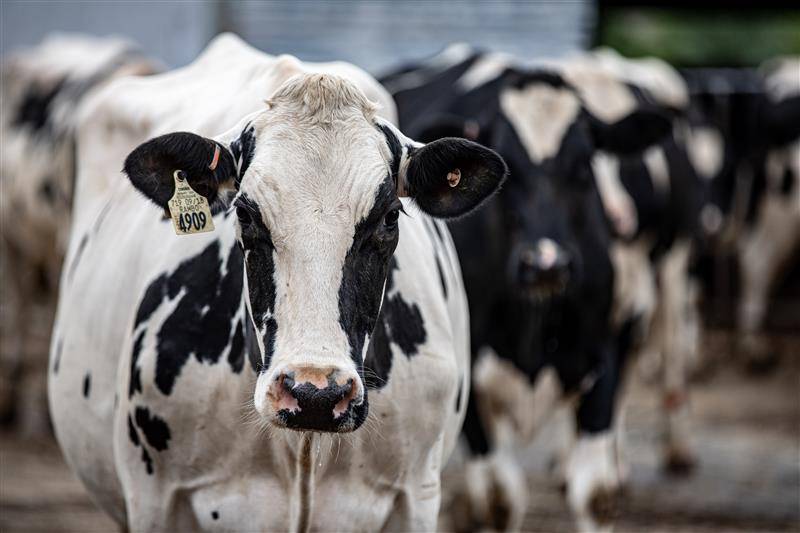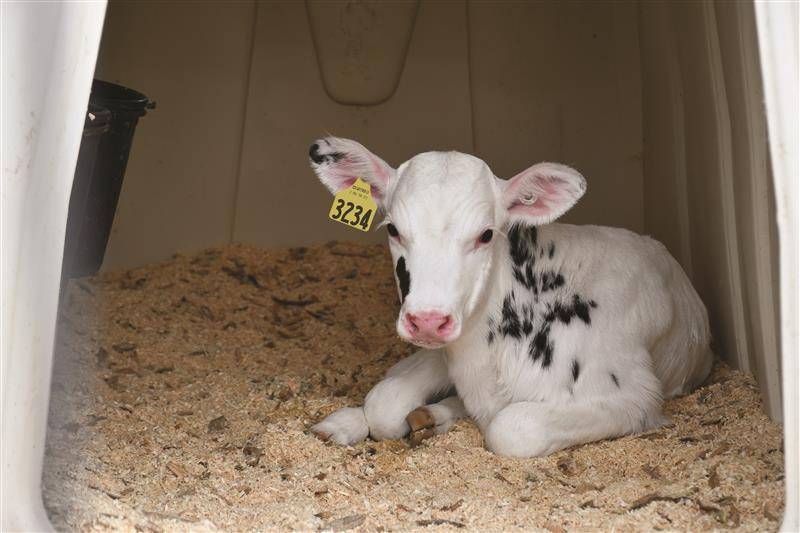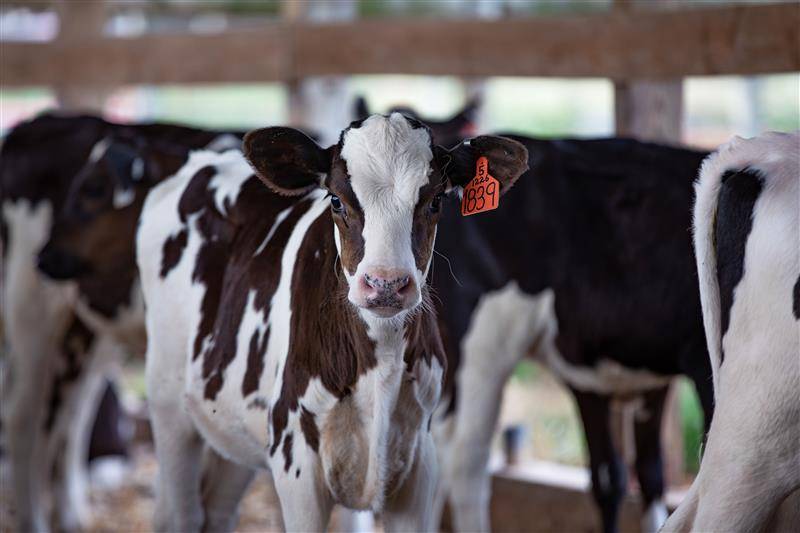Holstein Cattle
The Holstein cow originated in Europe. The major  historical development of this breed occurred in what is now the Netherlands and more
specifically in the two northern provinces of North Holland and Friesland which lay
on either side of the Zuider Zee. The original stock were the black animals and white
animals of the Batavians and Friesians, migrant European tribes who settled in the
Rhine Delta region about 2,000 years ago.
historical development of this breed occurred in what is now the Netherlands and more
specifically in the two northern provinces of North Holland and Friesland which lay
on either side of the Zuider Zee. The original stock were the black animals and white
animals of the Batavians and Friesians, migrant European tribes who settled in the
Rhine Delta region about 2,000 years ago.
For many years, Holsteins were bred and strictly culled to obtain animals which would make best use of grass, the area's most abundant resource. The intermingling of these animals evolved into an efficient, high-producing black-and-white dairy cow.
Figure 2. Image provided by Holstein USA.
Imports to America
After the New World was settled, and markets began to develop for milk in America, dairy breeders turned to Holland for their seed stock.
Winthrop Chenery, a Massachusetts breeder, purchased a Holland cow from a Dutch sailing master who landed cargo at Boston in 1852. The cow had furnished the ship's crew with fresh milk during the voyage. She proved to be such a satisfactory producer, that Chenery made later importations of Holsteins in 1857, 1859 and 1861. Many other breeders soon joined the race to establish Holsteins in America.
After about 8,800 Holsteins had been imported, cattle disease broke out in Europe and importation ceased.
Figure 3. Image provided by Holstein USA.
Americans Build Their Own Breed
In the late 1800's there was enough interest among Holstein breeders to form associations for the recording of pedigrees and maintenance of herd books. These associations merged in 1885 to found the Holstein-Friesian Association of America, the Holstein Association.
Characteristics of Holsteins
Holsteins are most quickly recognized by their distinctive color markings and outstanding milk production. Physical Characteristics
Holsteins are large, stylish animals with color patterns of black and white or red and white.
A healthy Holstein calf weighs 90 pounds or more at birth. A mature Holstein cow weighs about 1500 pounds and stand 58 inches tall at the shoulder.
Holstein heifers can be bred at 15 months of age, when they weigh about 800 pounds. It is desirable to have Holstein females calve for the first time between 24 and 27 months of age. Holstein gestation is approximately nine months.
While some cows may live considerably longer, the normal productive life of a Holstein is six years.
Milk Production
Average production for all Holsteins enrolled in official U.S. production-testing programs in 1987 was 17,408 pounds of milk, 632 pounds of butterfat and 550 pounds of protein per year.
Figure 4. Image provided by Holstein USA.
References
Holstein Association, 1 Holstein Place, Brattleboro, VT 05302-0808.
Phone: (802) 254-4551



